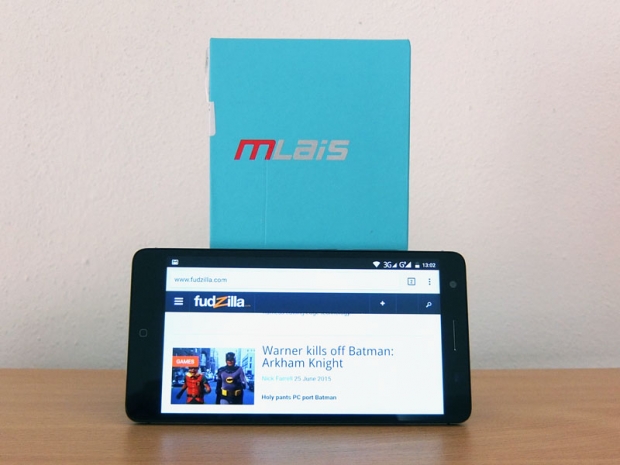Index
Design and Build Quality
Right off the bat, the M7 has a bit more to live up to than its predecessors. Since it’s not inspired by a big-brand device, a lot more work had to go into the design. It’s also the startup’s priciest handset, so it sort of needs to look better than the rest of the line-up, which isn’t easy when your line-up includes Samsung and Xiaomi clones.
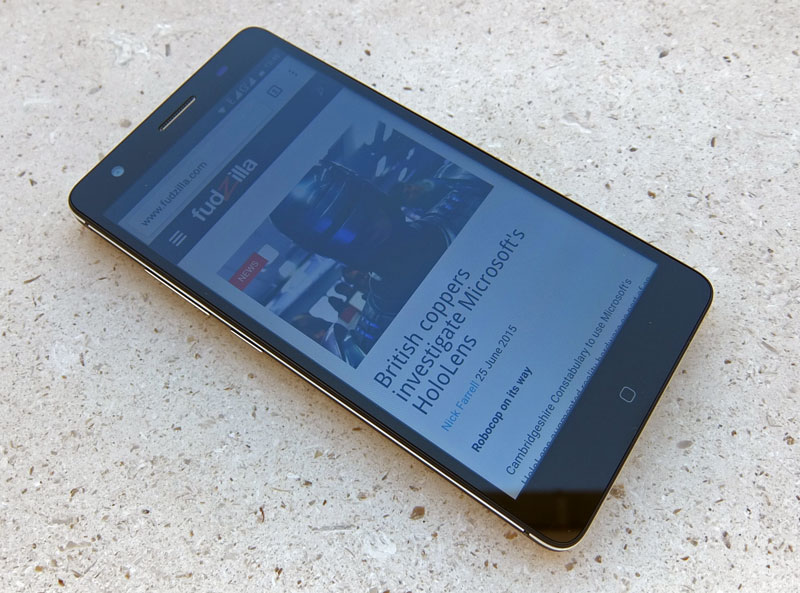
So, is the design any good? Well, there is nothing bad about it. It’s by no means spectacular, but it’s not merely utilitarian, either. The Mlais M7 is available in black and white, and both versions have a few things going for them. The frame is CNC-milled stainless steel, but on the black version it has a matte black coating, save for the edges. The buttons are metal, too, and they feel very good.
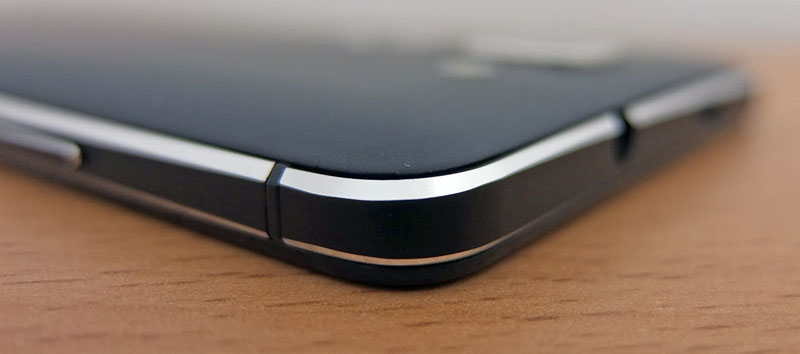
The frame is topped off by a pane of Gorilla Glass 3, framed by a small piece of plastic trim. The bezels aren’t small, but we’ve seen worse on similarly priced devices (and some pricier devices like the Asus Zenfone 2). The trade-off is that there is no curved glass, but in case you’d rather have Gorilla Glass 3 than a piece of good looking, but less durable 2.5D glass, it’s not a bad deal.
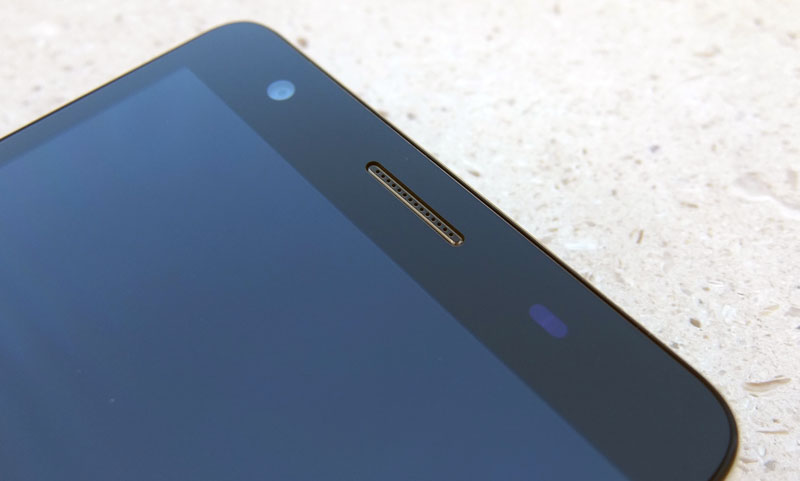
The bottom houses three capacitive buttons, but only the home button is visible without backlight. The front-facing 5-megapixel camera, earpiece and sensors are (obviously) at the top.
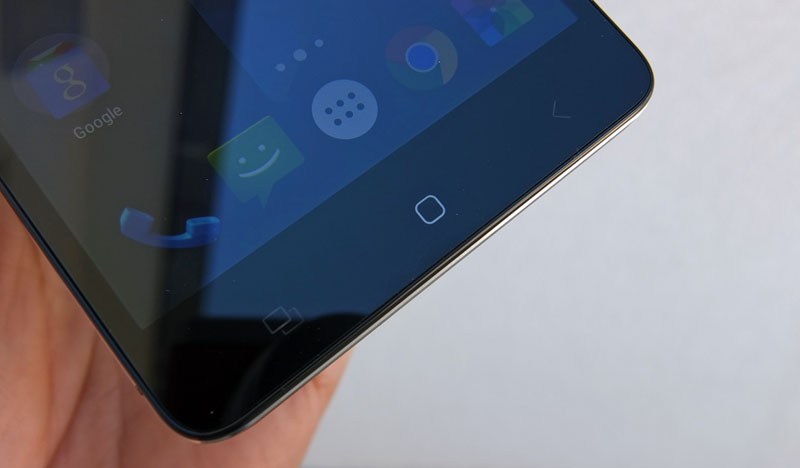
The back cover is removable, but this does not mean it feels flimsy. Au contraire, it’s a thick slab of rubberized, matte plastic that stands up to a lot of punishment and brushes off fingerprints with ease. There’s a single rear speaker, at the bottom, while the LED flash, rear camera and fingerprint sensor are at the top.
The latter is an interesting addition. Although Google is pushing fingerprint scanning (and biometrics in general), very few Android devices ship with fingerprint scanners. Most people associate smartphone fingerprint scanners with Apple’s home button Touch ID scanners, but an increasing number of smartphone makers are choosing to place the scanner at the back.
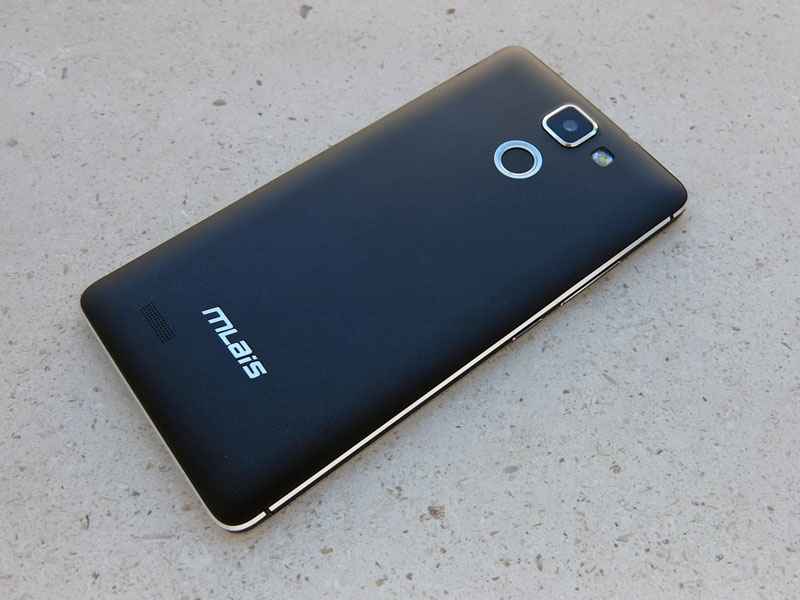
There is a very good reason for this – placing a fingerprint sensor next to the camera saves room, quite a bit of room. For example, the iPhone 6 Plus is 158mm tall, in part due to its physical home button/fingerprint scanner, but the Mlais M7 is 149mm tall, and this makes a big difference. In fact, there are only a handful 5.5-inch phones shorter than 150mm, and most of them are LG flagships.

So, while the design isn’t very eye-catching, the humble Mlais M7 is in fact one of the more compact 5.5-inch phablets on the market. It’s just 5-7mm taller than a standard 5-incher, although it’s still as wide as most 5.5-inch phones. It’s 8.6mm thick, but it hides its girth quite well, thanks to the thin metal frame and gently sloping rear cover.

Overall, we think Mlais did a nice job, especially for a mainstream phone that does not aspire to be a flagship killer. Speaking of which, let’s take a closer look at the spec.

